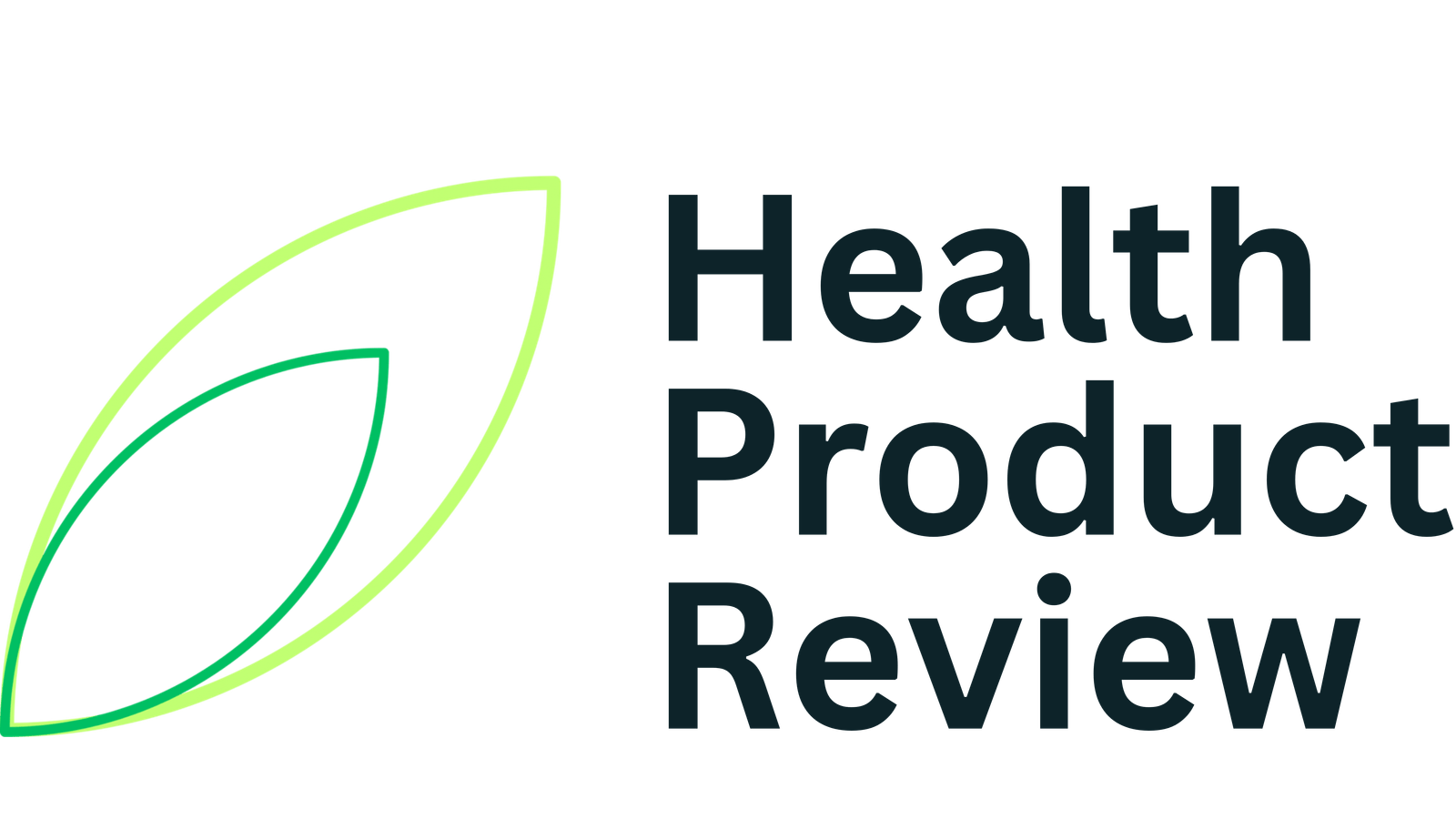Artificial Intelligence (AI) is revolutionizing the field of breast cancer screening, offering new hope for earlier detection and improved outcomes. Recent studies have shown that AI-assisted mammography can enhance the accuracy and efficiency of breast cancer screening programs. This article explores the latest research on AI in mammography and its potential impact on healthcare.
The Current State of Breast Cancer Screening
Breast cancer remains one of the most common cancers affecting women worldwide. Early detection through regular screening mammograms has been proven to reduce mortality rates. However, traditional screening methods face several challenges:
Limitations of Current Screening Methods
- Human error: Radiologists can miss subtle signs of cancer or misinterpret normal tissue as suspicious.
- Workload: The high volume of mammograms can lead to fatigue and decreased accuracy over time.
- Inconsistency: Interpretation can vary between radiologists, leading to potential discrepancies in diagnosis.
- False positives: Unnecessary recalls and biopsies can cause patient anxiety and increased healthcare costs.
How AI is Transforming Mammography
Artificial Intelligence, particularly machine learning algorithms, is being developed to address these challenges and improve the overall effectiveness of breast cancer screening.
Enhanced Detection Accuracy
Multiple studies have demonstrated that AI systems can match or even surpass human radiologists in detecting breast cancer on mammograms. A meta-analysis published in Radiology found that standalone AI systems for digital mammography performed as well as or better than individual breast radiologists or average reader outcomes.
The study reported that AI systems achieved higher areas under the receiver operating characteristic curve (AUCs) compared to radiologists in reader studies on digital mammography (0.87 vs 0.81). This suggests that AI has the potential to improve overall diagnostic accuracy in breast cancer screening.
Increased Sensitivity
One of the most promising aspects of AI in mammography is its ability to detect cancers that human radiologists might miss. A study published in the European Journal of Radiology found that at a specificity of 99%, AI could detect 30.2% of false negative cases and 13.7% of minimal signs cases that were initially missed by radiologists and later diagnosed as interval cancers.
This increased sensitivity could lead to earlier detection of breast cancers, potentially improving treatment outcomes and survival rates.
Workload Reduction
AI has the potential to significantly reduce the workload for radiologists, allowing them to focus on more complex cases. A study in Radiology demonstrated that AI-based strategies could reduce workload by up to 70% without reducing sensitivity by 5% or more.
Improved Efficiency
AI systems can process mammograms much faster than human radiologists. A study evaluating a commercial AI system for digital breast tomosynthesis (DBT) reported a reduction in mean reading time from 64.1 seconds to 30.4 seconds with AI support.
This increased efficiency could lead to faster turnaround times for results and potentially allow for more women to be screened in a given time frame.
The Potential Impact of AI on Breast Cancer Screening
The integration of AI into mammography screening programs could have far-reaching effects on breast cancer detection and patient care.
Earlier Detection of Aggressive Cancers
AI systems have shown promise in detecting more aggressive cancers earlier. A study found that AI could detect and correctly localize 21.1% of interval cancers that were locally advanced or metastatic at diagnosis. This capability could lead to earlier interventions for more aggressive forms of breast cancer, potentially improving patient outcomes.
Reduction in False Positives
By improving the accuracy of mammogram interpretation, AI has the potential to reduce false positive results. This could lead to fewer unnecessary recalls and biopsies, reducing patient anxiety and healthcare costs.
Personalized Screening Approaches
AI algorithms can provide more accurate risk assessments, potentially allowing for more personalized screening approaches. A study comparing AI algorithms with clinical risk models found that AI performed better in predicting 5-year breast cancer risk. This could help identify women who might benefit from more frequent screening or additional imaging.
Support for Less Experienced Radiologists
AI systems could serve as a valuable second opinion, particularly for less experienced radiologists. Studies have shown that the improvement in diagnostic accuracy with AI was more pronounced for less experienced radiologists, potentially helping to standardize care across different healthcare settings.
Challenges and Limitations
While the potential benefits of AI in mammography are significant, there are also challenges and limitations to consider.
Need for Further Validation
Most current research on AI in mammography is based on retrospective studies or reader studies with enriched datasets. More prospective clinical trials are needed to validate the performance of AI systems in real-world settings.
Integration into Clinical Workflow
Implementing AI systems into existing clinical workflows presents technical and logistical challenges. Healthcare systems will need to invest in infrastructure and training to effectively integrate AI into their breast cancer screening programs.
Potential for Overdiagnosis
While increased sensitivity is generally beneficial, there is a risk that AI systems could lead to overdiagnosis, particularly of ductal carcinoma in situ (DCIS). Careful consideration will be needed to balance the benefits of early detection with the potential harms of overtreatment.
The Cost Factor
While the technological advancements in AI-assisted mammography are promising, it’s essential to consider the financial aspect of breast cancer screening. We recently conducted a survey on out-of-pocket costs for self-pay patients seeking mammogram services in the United States. For this survey, we quoted self-pay mammogram prices from 25 hospitals in the United States. The results revealed significant price variations and potential financial barriers to access.
Current Pricing Statistics
Our survey highlights the wide range of prices patients may encounter:
- Screening Mammograms: Prices range from $118.05 to $1,395, with a median of approximately $370.
- Unilateral Diagnostic Mammograms: Costs vary from $107 to $1,365.
- Bilateral Diagnostic Mammograms: Prices span from $107 to $1,679.
The median prices for diagnostic mammograms are around $475 for unilateral and $542 for bilateral procedures.
Our statistics are based on the quoted prices from 25 US-based hospitals:
| Screening Mammogram | Diagnostic Mammogram (Unilateral) | Diagnostic Mammogram (Bilateral) |
|---|---|---|
| 250 | 240 | 305 |
| 403 | 660 | 866 |
| 277 | 475 | 542 |
| 370 | 323 | 431 |
| 179 | 165 | 290 |
| 422 | 554 | 709 |
| 900 | 1058 | 1298 |
| 900 | 1058 | 1298 |
| 246 | 411 | 470 |
| 605 | 552 | 722 |
| 420 | 402 | 494 |
| 763 | 1020 | 1219 |
| 118.05 | 111.66 | 143.33 |
| 407 | 445 | 482 |
| 522 | – | 482 |
| 180 | 147 | 164 |
| 532 | – | 488 |
| 512 | 414 | 519 |
| 374 | 627 | – |
| 434 | 107 | 107 |
| 120 | 203 | 229 |
| 124 | 148 | 277 |
| 1395 | 1365 | 1679 |
| 175 | 582 | 716 |
| 576 | – | 805 |
Implications of Price Variability
This significant price variation, with up to a 12-fold difference between the lowest and highest prices for screening mammograms, raises several concerns:
- Financial Barriers: High costs may deter uninsured or underinsured patients from seeking necessary screenings, potentially leading to delayed diagnoses.
- Lack of Standardization: The wide price range suggests a lack of standardization in healthcare pricing across providers, making it difficult for patients to make informed decisions.
AI’s Potential Role in Cost Reduction
The integration of AI into mammography screening has the potential to address some of these cost-related challenges:
- Increased Efficiency: As previously mentioned, AI can significantly reduce the time required for mammogram interpretation. This increased efficiency could potentially lower operational costs for healthcare providers, savings that could be passed on to patients.
- Reduced False Positives: By improving the accuracy of mammogram interpretation, AI could reduce the number of unnecessary follow-up procedures, potentially saving patients from additional out-of-pocket expenses.
- Optimized Resource Allocation: AI’s ability to triage mammograms based on risk could allow for more efficient use of healthcare resources, potentially reducing overall costs.
- Standardization of Care: AI systems could help standardize mammogram interpretation across different healthcare settings, potentially reducing price variations related to differences in radiologist experience or interpretation.
Balancing Innovation and Affordability
As we move forward with AI integration in mammography, it’s essential to balance technological innovation with affordability and accessibility. While AI has the potential to improve the quality and efficiency of breast cancer screening, these benefits should not come at the cost of excluding patients due to financial barriers.
Healthcare providers, policymakers, and AI developers must work together to ensure that the advantages of AI-assisted mammography are accessible to all patients, regardless of their financial situation. This may involve exploring new payment models, advocating for insurance coverage of AI-assisted screenings, and developing cost-effective AI solutions.
By addressing both the technological and financial aspects of breast cancer screening, we can work towards a future where high-quality, AI-assisted mammography is both widely available and affordable. This approach has the potential to improve breast cancer detection rates and outcomes while also addressing the current disparities in healthcare access and pricing.
The Future of AI in Mammography
As AI technology continues to advance, we can expect to see further improvements in its application to mammography.
Continuous Learning and Improvement
AI systems have the potential to continuously learn and improve their performance as they are exposed to more data. This could lead to increasingly accurate and reliable breast cancer detection over time.
Integration with Other Data Sources
Future AI systems may be able to integrate mammography data with other sources of patient information, such as genetic data or medical history, to provide even more accurate risk assessments and personalized screening recommendations.
Expansion to Other Imaging Modalities
While much of the current research focuses on digital mammography, AI is also being developed for use with other breast imaging modalities, such as ultrasound and MRI. This could lead to more comprehensive and accurate breast cancer screening programs.
Conclusion
The integration of AI into mammography represents a significant advancement in breast cancer screening. By improving detection accuracy, increasing efficiency, and potentially enabling more personalized screening approaches, AI has the potential to save lives and reduce the burden of breast cancer on individuals and healthcare systems.
However, it’s important to note that AI is not intended to replace human radiologists. Rather, it should be viewed as a powerful tool to augment and support the work of healthcare professionals. As we move forward, continued research, careful implementation, and ongoing evaluation will be essential to fully realize the benefits of AI in mammography.
The future of breast cancer screening looks brighter with AI as a partner in the fight against this disease. As technology continues to evolve, we can look forward to more accurate, efficient, and personalized breast cancer screening programs that have the potential to improve outcomes for women worldwide.


